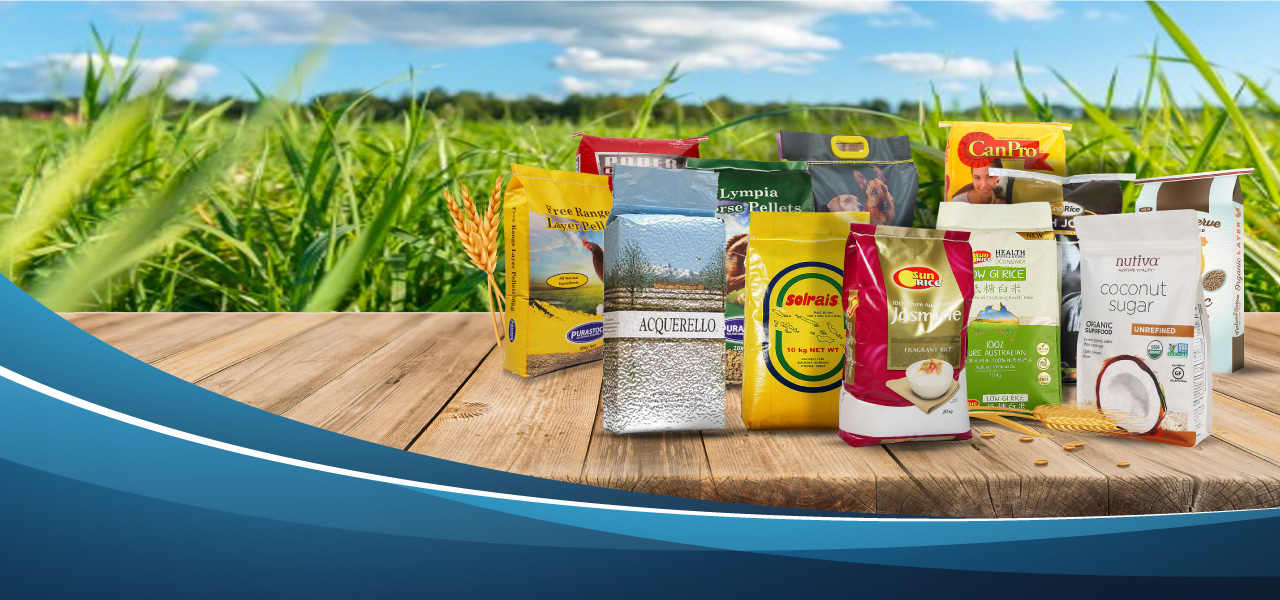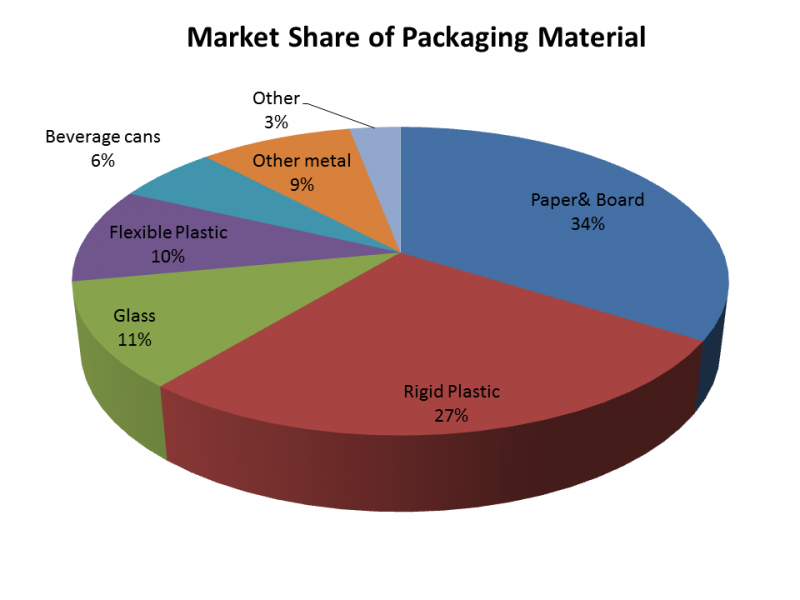Food packaging is an integral part of food commodities. One of the major projects in the food industry process. Food packaging is defined as enclosing food to protect it from tampering or contamination from physical, chemical, and biological sources. It also has the function of maintaining the stable quality of the food itself, and it is convenient for food consumption. It is the first to express the appearance of food and attract consumers. It has value beyond material costs. Therefore, the food packaging process is also an integral part of the food manufacturing system engineering.
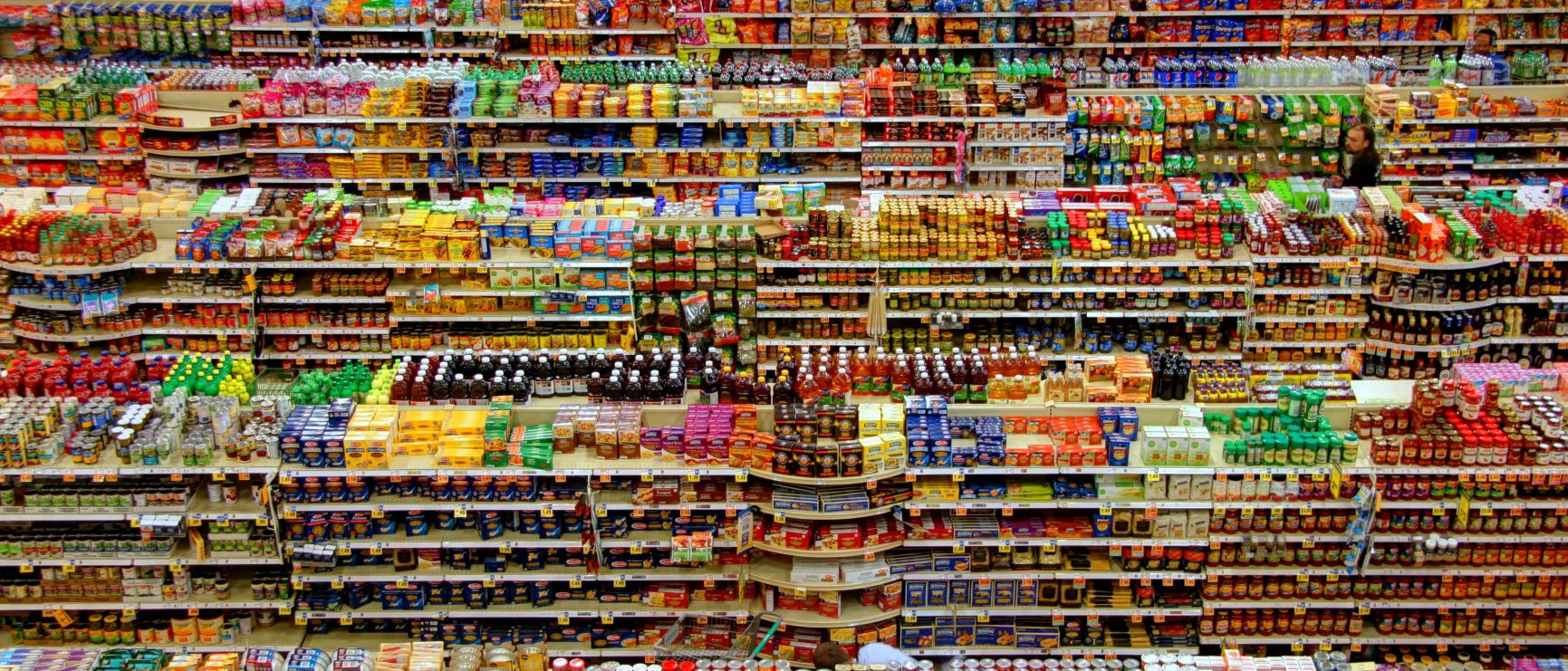
Food packaging is at the heart of the modern food industry, good packaging prevents waste and ensures that food maintains its desired quality throughout its shelf life.Food is vital to health and well-being. In today’s world, food packaging and other items that come into contact with our foods can contain thousands of different chemicals. Some have been shown to be harmful to humans or the environment in some way while others just don’t know how they’ll affect you yet!
Nowadays, more and more consumers choose green products. Thus, is undoubtedly an industry innovation for food packaging. From production standards to use standards, manufacturers have begun to focus on the development direction of eco-friendly protection and recycling technological innovation.
Let’s see the development of food packaging and the subsequent market situation! In order to boost your business, here are some key points you have to know about the food packaging industry!
Food packaging situation right now:
For some types of food packaging, the food contact material determines the name. A plastic bottle is made of plastic and has this material type in direct contact with the foodstuff. For glass products there’s also another layer involved: The metal coverings which protect them against corrosion by oxygen molecules present within our atmosphere (azotemia).
The direct food contact layer in the case of beverage cartons is not a cardboard but laminated plastic. For aluminum cans, there’s an additional coating that comes into play which protects against corrosion from drinks containing acids or other beverages chemicals – this makes them suitable for storing beer kegs among others things!
Paper can also have coatings applied; one example being grease-proof paper so you don’t need to worry about sauce spilling all over your notes if placed next too hot cooking surfaces.
What are the requirements of food packaging in the UK?
The packaging of your food business should be safe, so you can rest assured that it won't cause any harm to the consumers.
Under the Food Information for Consumers (FIC) regulation – Packaging and labeling, food businesses must:
- Use materials that do not become a source of packaging and packaging contamination.
- Store packaging materials in such a way that they do not become contaminated.
- Wrapping and packaging food in a manner that avoids product contamination.
Food packaging is widely used in our life. You may also know a lot about the materials and types of food packaging. Let’s see how to choose food packaging materials that can also reduce pollution and maintain your health.
Types of packaging material used in food :
The most used materials in the food industry are detailed: plastics, glass, metals, and wood and its derivatives.
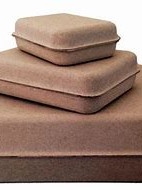
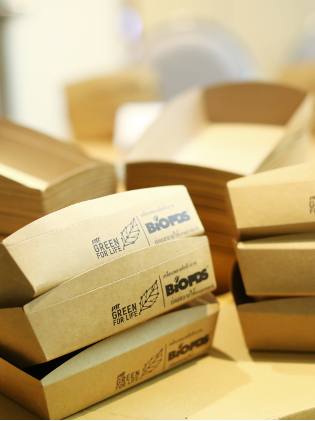
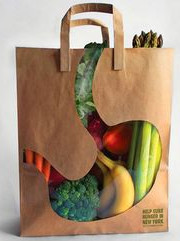
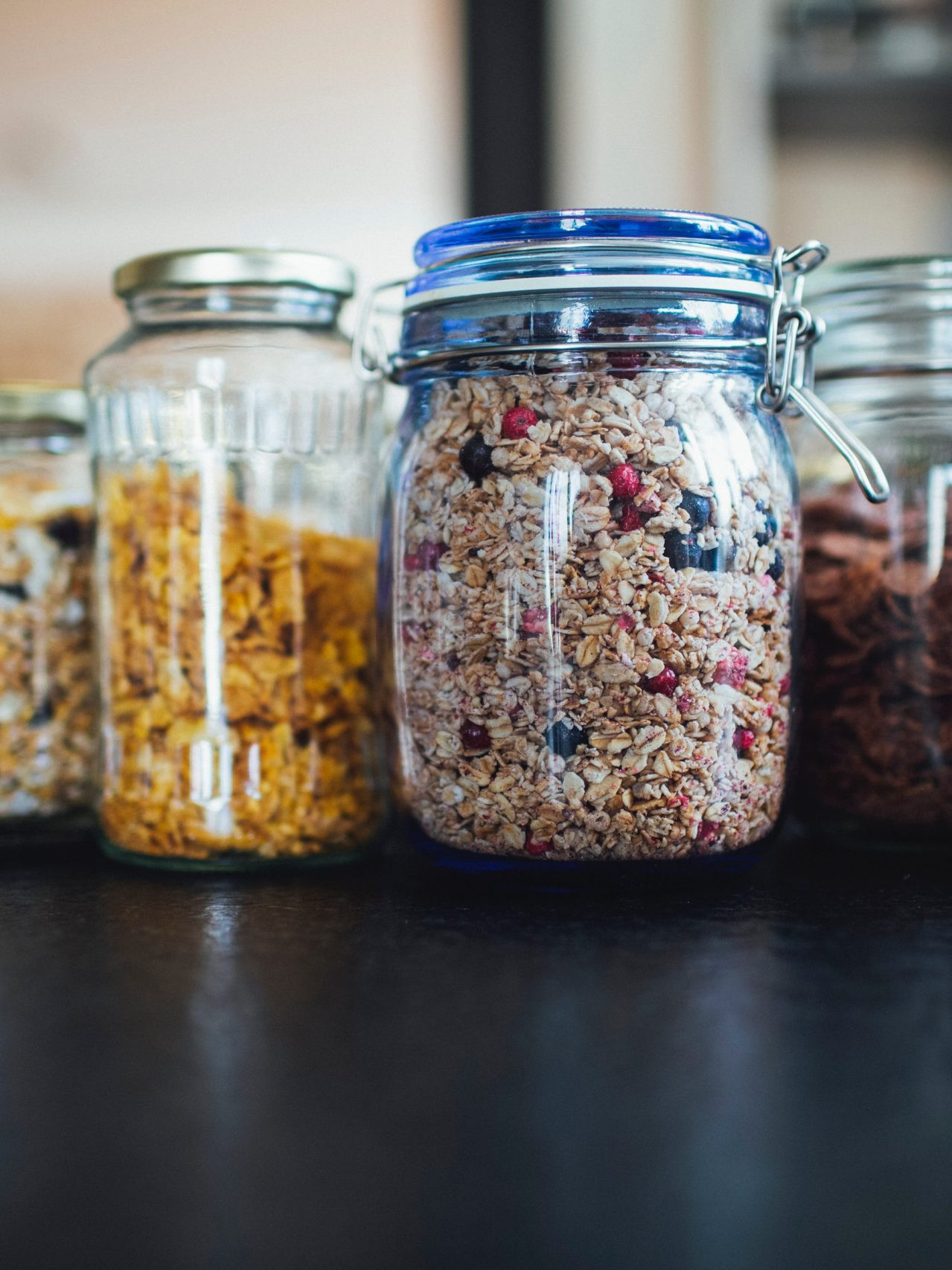
Wood, cardboard, and papers:
Products derived from wood are widely used in the packaging of food in the form of paper and cardboard. Paper is a very cheap, lightweight product with excellent printing capacity. Although it is very sensitive to moisture, it can be corrected with a combination of paper and other materials such as plastic or paraffin.
Cardboard is a material made up of several superimposed layers of paper, making it thicker, harder, and more resistant than paper. Its main use is for packaging and containers in the form of boxes.
In recent years, paper and packaging manufacturers are paying special attention to issues related to health and the environment by working with recycled products that increase the useful life of these raw materials. Therefore, some manufacturers try to used kraft paper packaging as one of the food packaging.
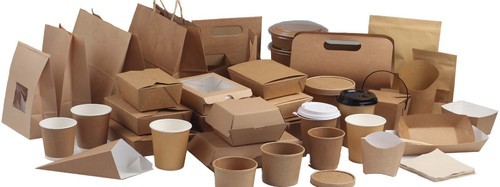
Plastics
The lightness and versatility of plastics have made them a popular material for food storage. These materials can be transformed into any desired shape, making it easy to fit your needs as well!
The use of plastics in place of traditional packaging materials has been an extremely popular decision because it can be cheaper, easier on your budget and reduce energy consumption during production. In addition, they are able to preserve and protect the food for longer, minimizing the use of preservatives.
Plastics are unfortunately not recyclable. However, they do provide a great surface for printing labels or brands which makes them perfect to use in relation with consumers.
In the plastic manufacturing process, there are many varieties of plastic resins, with the most used being:
Polyvinyl chloride (PVC): very resistant to humidity, fats and gases
Polyethylene and its varieties (PET, HDPE, LDPE). The development of the PET range has revolutionized the packaging industry, allowing plastic to compete directly with glass bottles.
Polystyrene (PS) is the plastic of choice for thermoforming due to its strength, malleability and low cost.
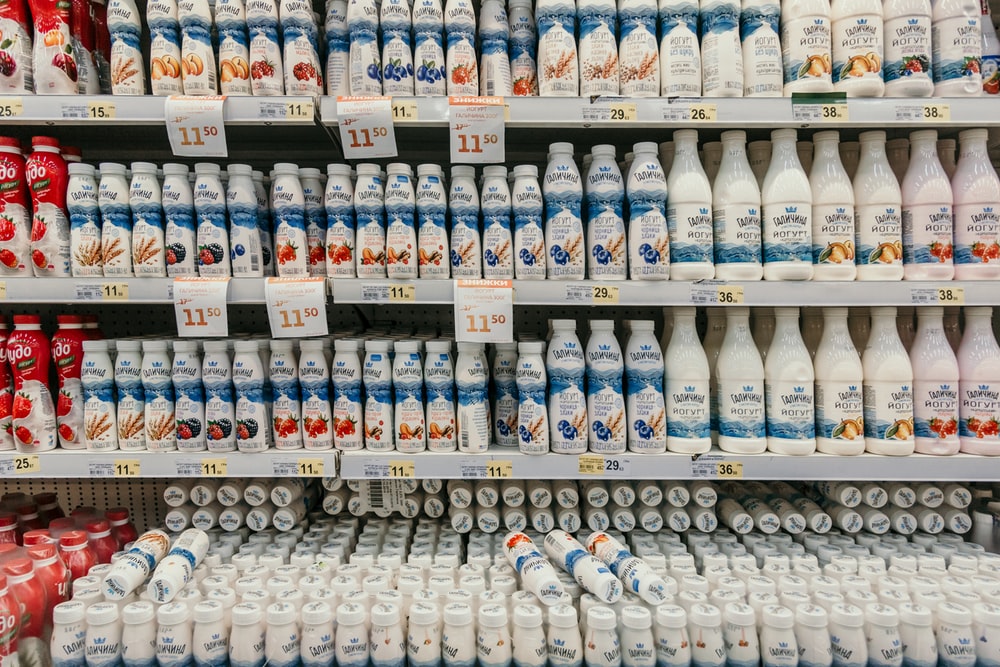
Metals (steel, tin, aluminum)
The use of these metals is most often seen in the preservation and storage industry. One example would be tin-coated steel cans which provide an advantage for foods that are sensitive to light, such as canned goods; this also applies with aluminum foil used when storing perishable items like fresh produce or meats at home.
Tin cans are made of steel sheets coated with tin as a measure of protection against corrosion of steel.
Aluminum is an increasingly popular metal for cans because it has many benefits. Its is lightweight, low cost, and recyclable making aluminum a no-brainer when looking at how to pack your foods properly!
Aluminum foil is formed by layers of laminated aluminum. It is a highly flexible product that allows for the preservation of or protects food in the domestic environment. However, it is difficult to use in modern fast packaging equipment due to wrinkles, rips, and marks.
When considering which type of can to use for your product, it is important that you consider the beverage’s qualities. For example, if it’s carbonated then a thin-walled aluminum container will be more suitable as they resist pressure better than wide walled steel ones do.
Glass
The use of glass in food preparation is an excellent way to prevent chemical reactions that can spoil the product. For example, its impermeability makes it safe for gases and vapors so there’s no risk when handling foods with this material! However, it is a fragile, heavy material that requires a lot of energy to be manufactured.
Glass uses one of the most abundant raw materials on the planet, silica, but it is not renewable. Despite this, it is a recyclable product, since it can be used as a container repeatedly.
Glass containers can be bottles (the most used), jars, glasses, ampoules, jars, etc. However, this material is not used for frozen products due to the risk of breakage.
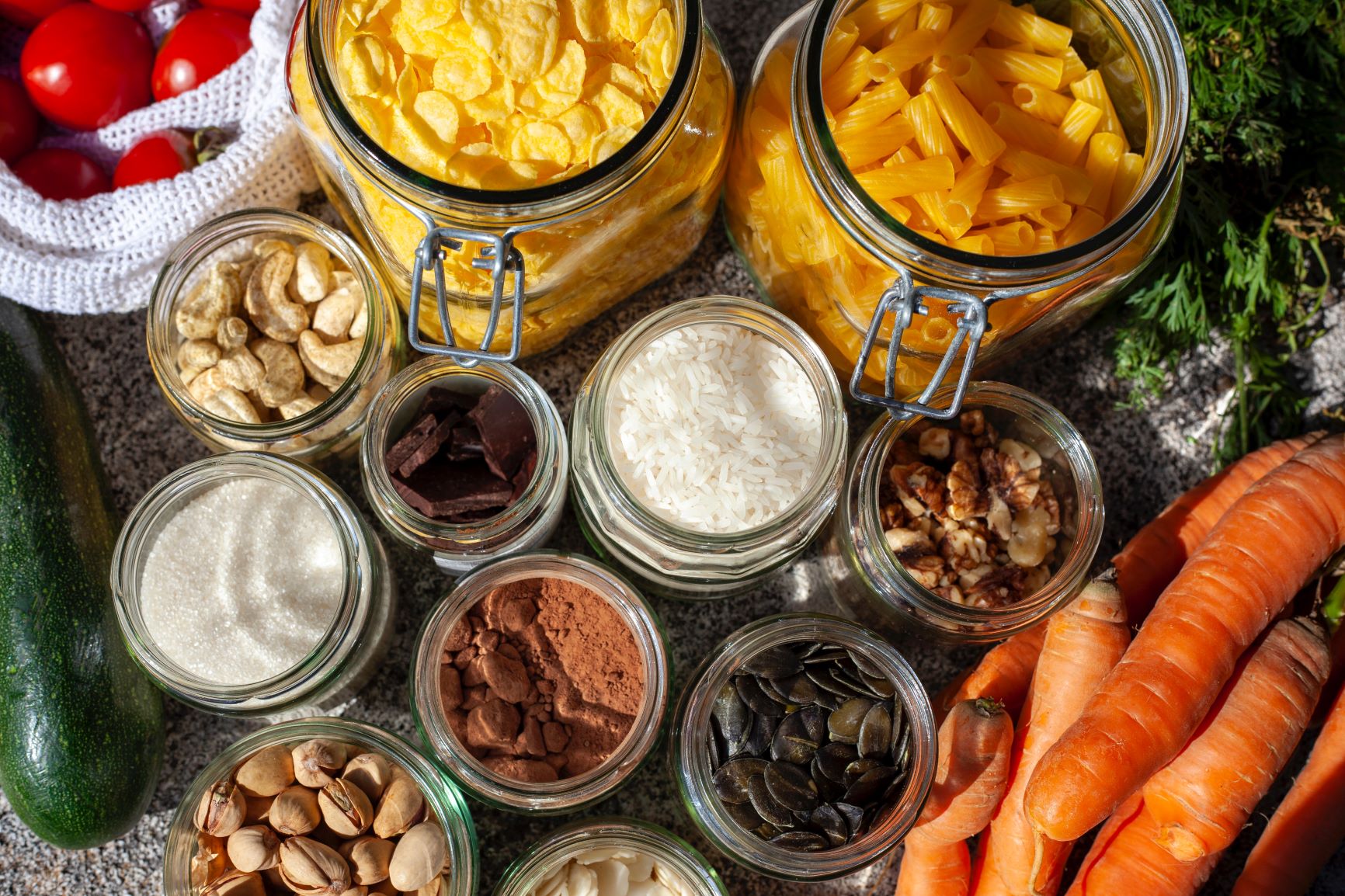
Types of food packaging:
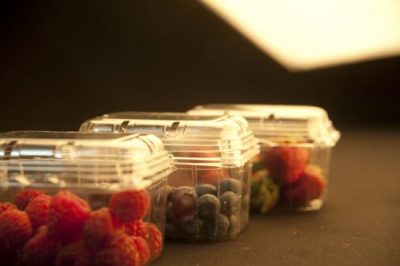
Types of food packaging:
TRAYS AND PUNNETS
Relatively shallow containers that may have a lid. They are used as food containers. Containers such as plastic trays that may be used for food storage. Some of the most popular types include transparent, high barrier (which requires more protection against external factors), peelable and reclosable lids - all designed with your needs in mind!
Types of food packaging
BAG IN BOX
They are used for storing and transporting liquids. It is formed by an outer packaging, normally made of cardboard and an inner plastic bag. In many cases, the plastic bag incorporates a tap for dosing the product. It is widely used to package wine.
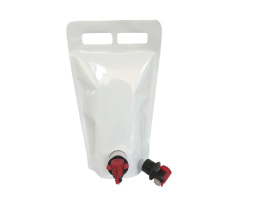
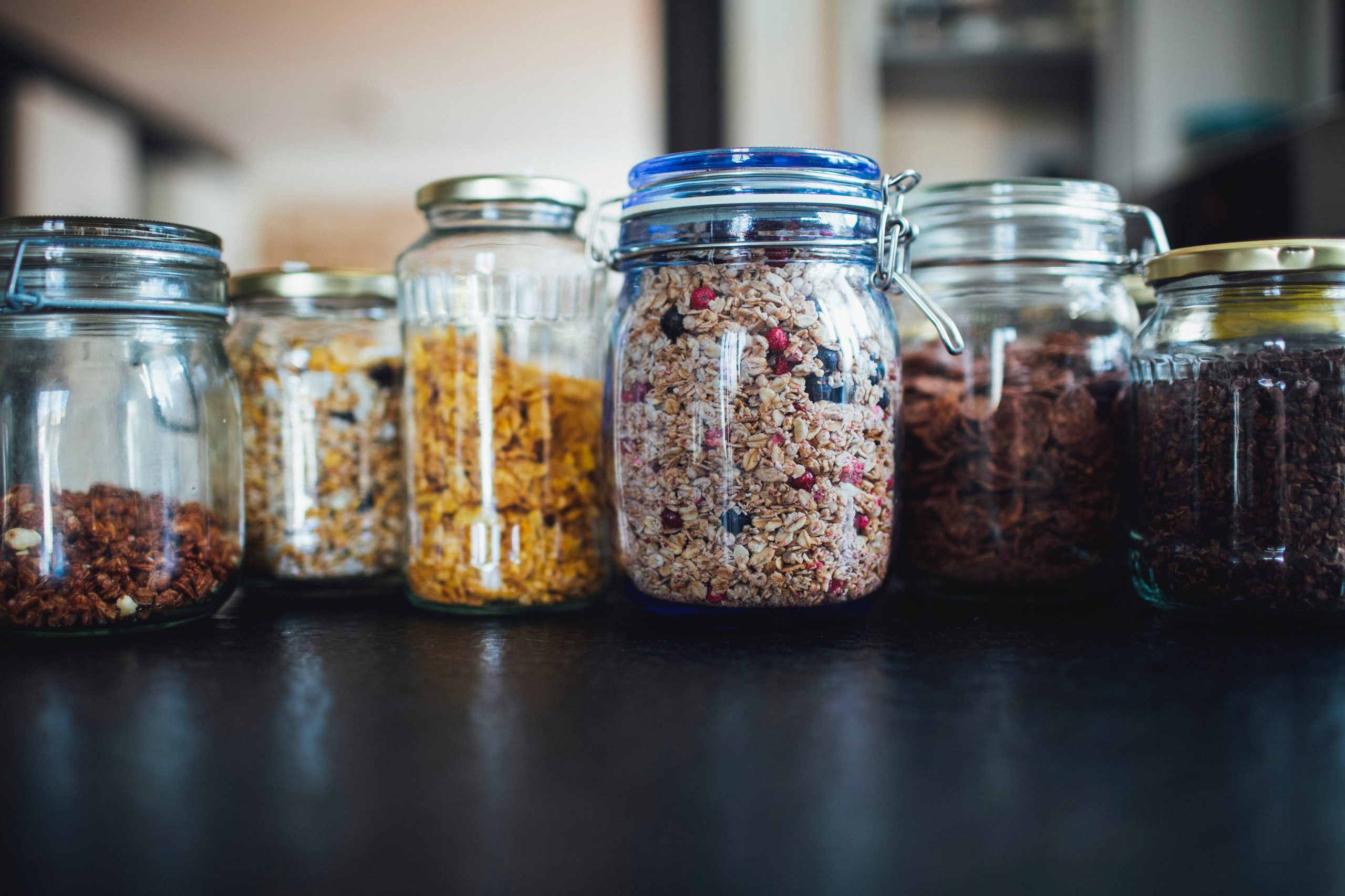
Types of food packaging:
JARS
Rigid containers consisting of a round neck with a diameter similar to that of the body diameter and with a relatively large opening capable of supporting a lid to keep the product inside. The section of the body is usually round or square
Types of food packaging
DOY-PACK
Flexible containers designed so that the base allows them to be held in an upright position both filled and empty. They usually incorporate two side longitudinal welds and another one in the upper part. In many cases, they have a mouthpiece to ration the product, closed with a cap.
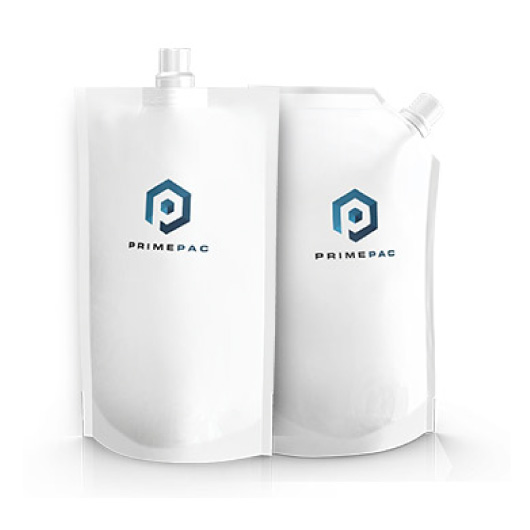
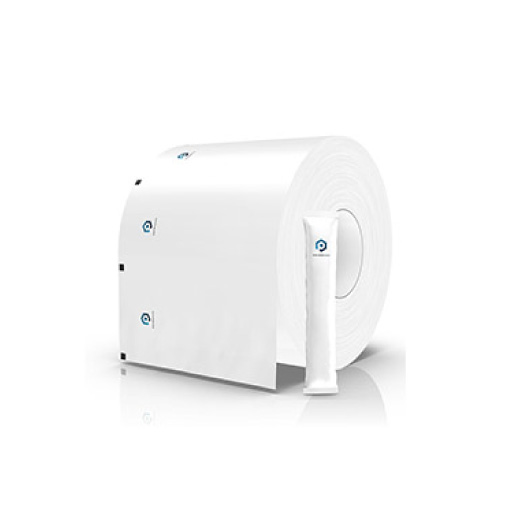
Types of food packaging:
FILM
A continuous and thin layer of plastic material with a small thickness. When the thickness is higher than approximately 250 microns, we do not consider it a film, but a sheet.
Types of food packaging
FLOW-PACK
This packaging is formed by a film that has one longitudinal and two transverse welds and forms a perfectly sealed bag that contains the product.
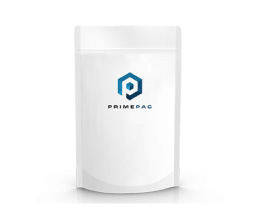
Inspiration packaging design in life
When you go to the supermarket,the most attractive product on the shelves is often its packaging. This makes for unique designs that will catch your eye and make you want to buy! We’ve collected some great food package designs below, which one can inspire?
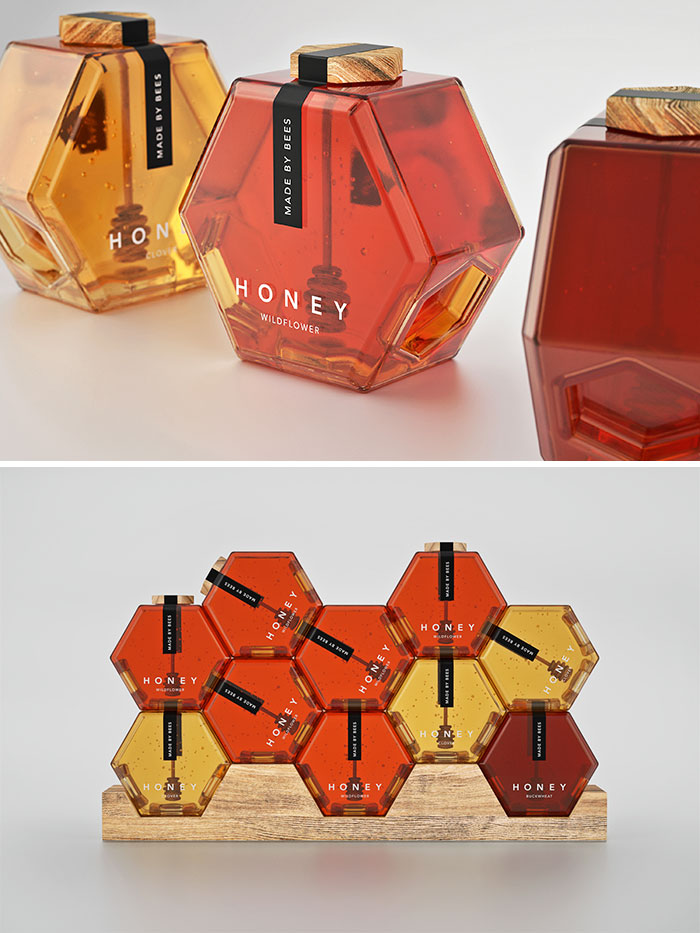
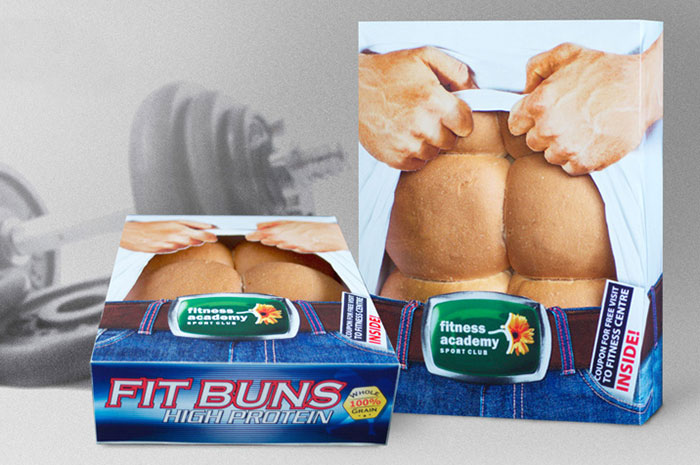
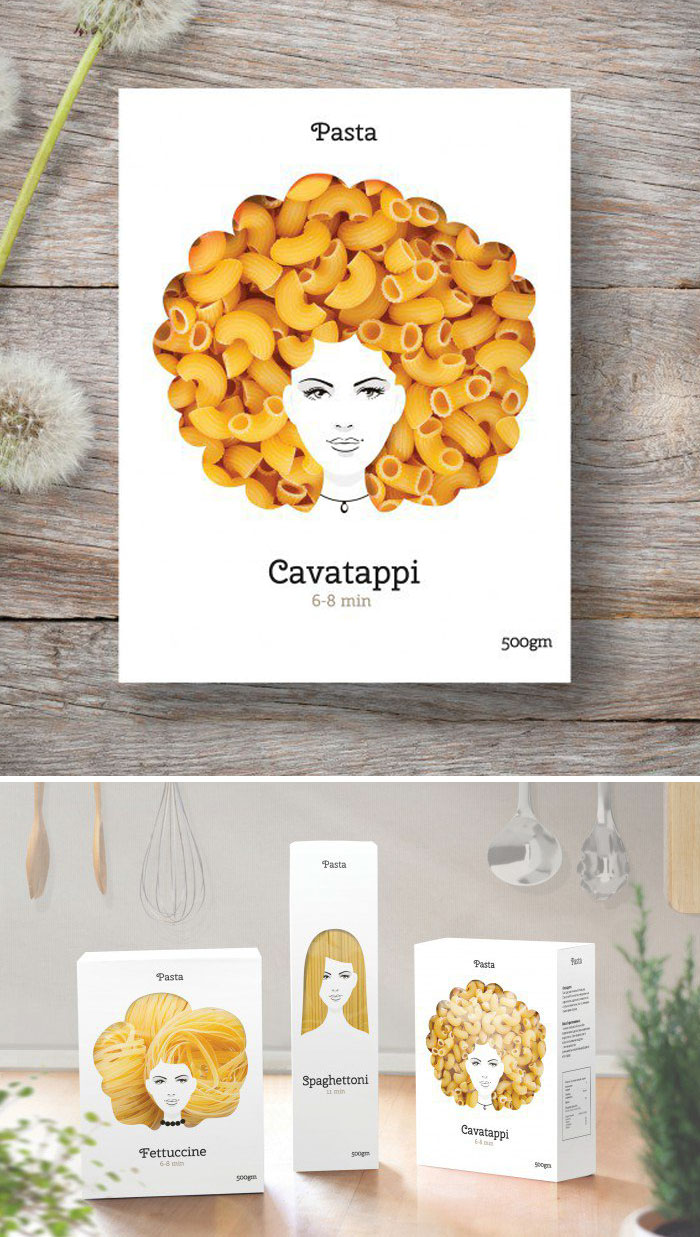
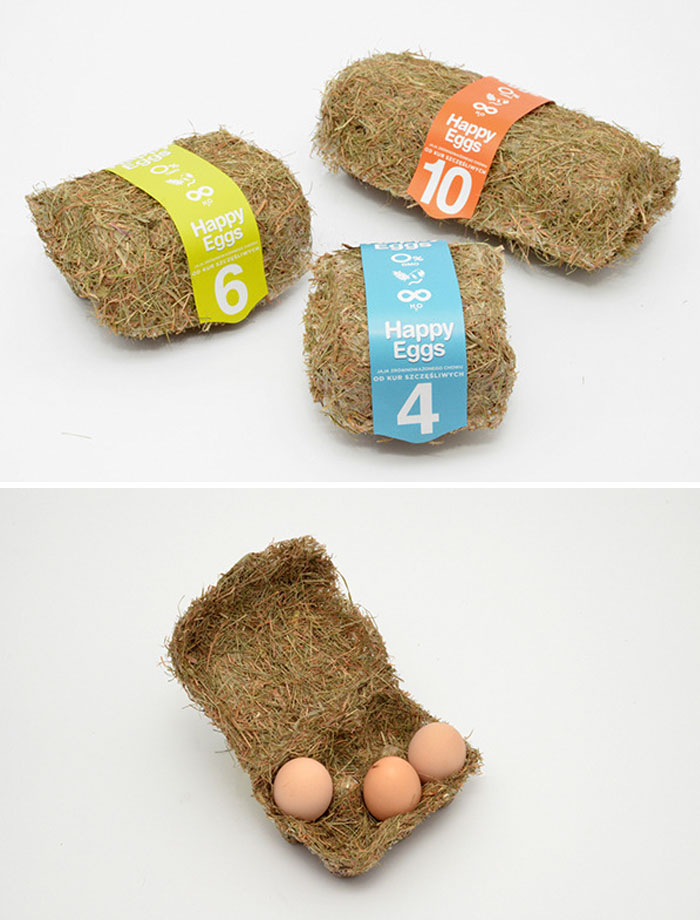
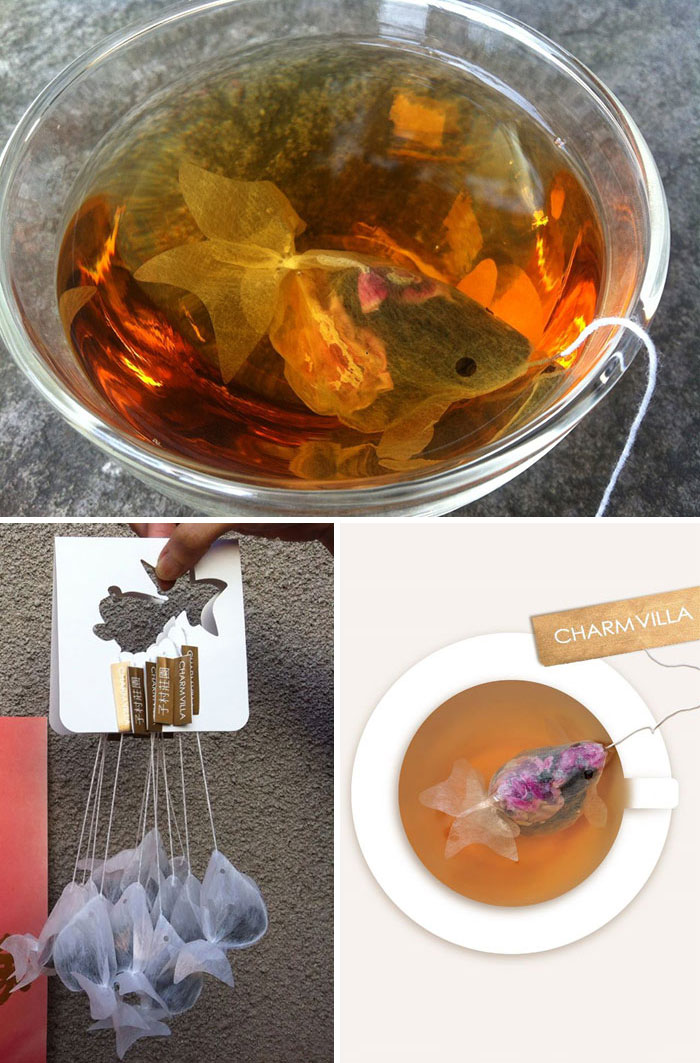
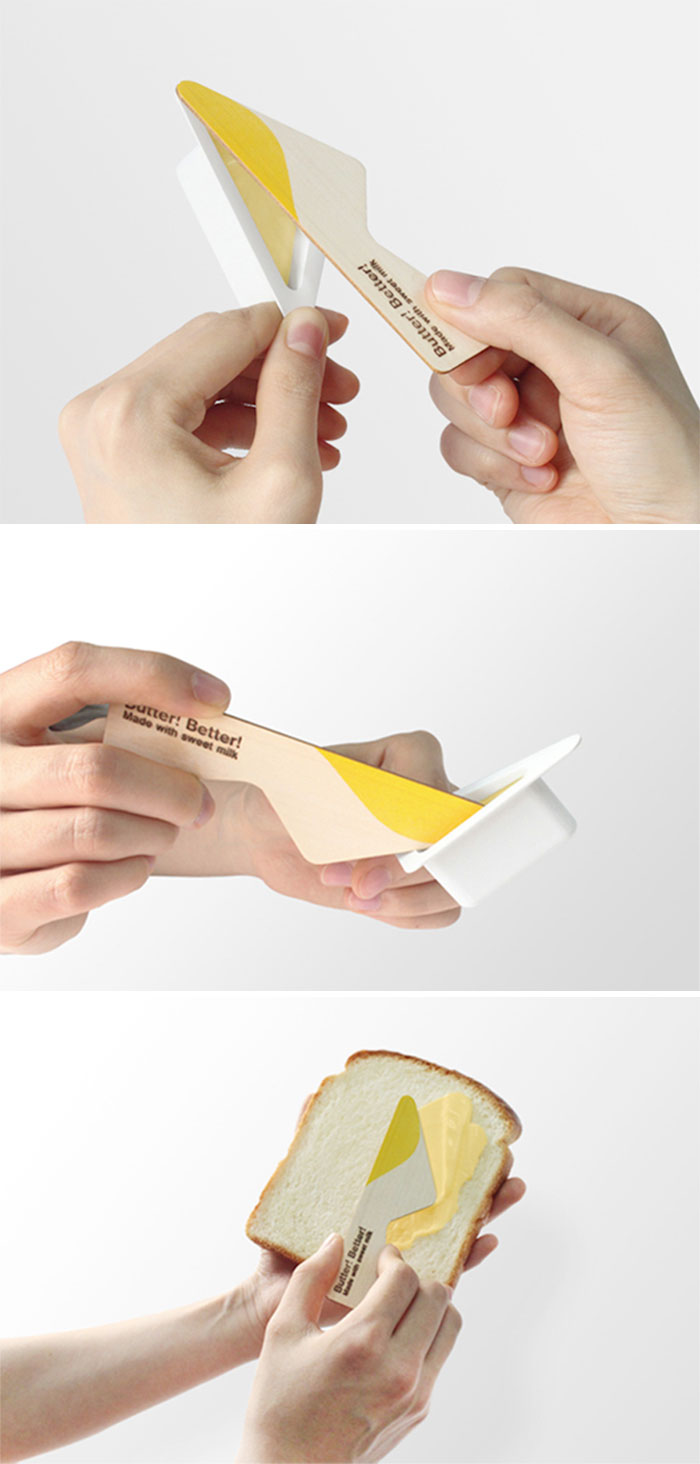
With the increasing awareness of environmental protection, three major points of recyclable, degradable and recyclable will become the development trend of the packaging industry. So what is the green development prospect of food packaging?
Three Sustainability Trends Reshaping the Food Packaging Industry
Corporate leaders are embracing sustainable food and beverage packaging
A key food packaging trend in 2018 has been toward recycled and recyclable materials, partly in response to stunning media reports of waste plastic, notably the Great Pacific Garbage Patch (three times the size of France).
Beyond plastics, leading beverage and restaurant brands have answered the call and announced major sustainability-oriented commitments in 2018. The trend-setters include:
Coca Cola stated that by 2030 it will collect and recycle one bottle or can for each one it sells; and
McDonald’s announced a commitment to have 100% of its guest packaging made from renewable, recycled or certified sources by 2025.
These actions have pleased everyday consumers as well as committed environmentalists and will have trickle-down effects, encouraging other companies to follow.
Governments are not only banning plastic, but mandating recycling and reusable materials
In the UK, national, state, and territory environment ministers have agreed on an admirable target: 100% of UK packaging is to be recyclable, compostable or reusable by 2025. This is only a few short years away, and a major opportunity for the food packaging industry.
The worldwide trend is clear on the legislative front: Less in the way of plastics and single-use materials, more in the way of recycling and sustainable food packaging.
Innovative and sustainable food packaging is creating new solutions
Innovative recycled and recyclable food packaging materials are emerging as sustainable alternatives to plastics, Styrofoam and other environmentally-unfriendly materials. Such as Kraft paper packaging and pp woven bags currently used in the market.
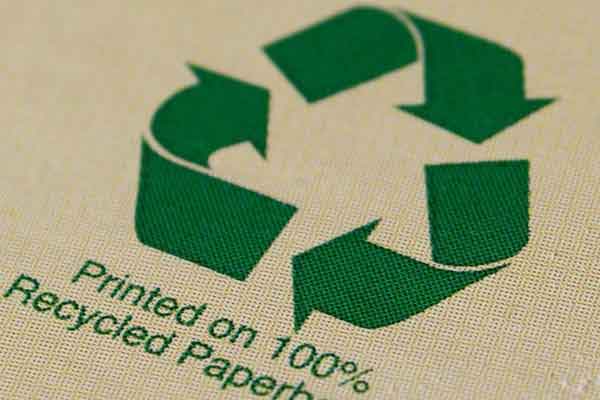
Benefits of food packaging
In previous chapters the reasons why used food packaging has been described in detail. Here we have summarise several key poins of the benefits of food packaging! These benefits include:
– improved protection for the food and an increased shelf-life,
– better quality products reaching the consumer,
– more attractive products to compete with other manufacturers,
– easily identifiable products for consumers to select from retail shops,
– sometimes re-usable containers,
– tamperproof packages reduce the risk of adulteration,
– making foods more easily handled and stored by retailers and consumers,
– increased production output as a longer shelf-life enables a larger market to be found and year-round production possible.
Conclusion:
Consumers everywhere are increasingly looking at companies and brands to take the lead on environmental issues. And, as outlined above, the broad legislative trend toward bans and restrictions on unsustainable materials is encouraging the adoption of sustainable materials and practices.
For the food, beverage and restaurant industries, environmentally-friendly post-consumer recycled products can reduce environmental impact and contribute to the development of a truly sustainable economy, aligned trends.
Why choose PrimePac ?
At PrimePac, we bring together design experts and brand innovators to create fresh ideas, customized packages, and fully efficient processes.
We design creative packaging solutions that cater to a diverse global audience with the in-house knowledge and network of experienced professionals to meet the demands of every type of client.
From our dedicated sales team and warehouse staff in UK to the experts at our production facilities in China, all of our employees are guided by four core values at the heart of our business: integrity, innovation, passion, and engagement.
